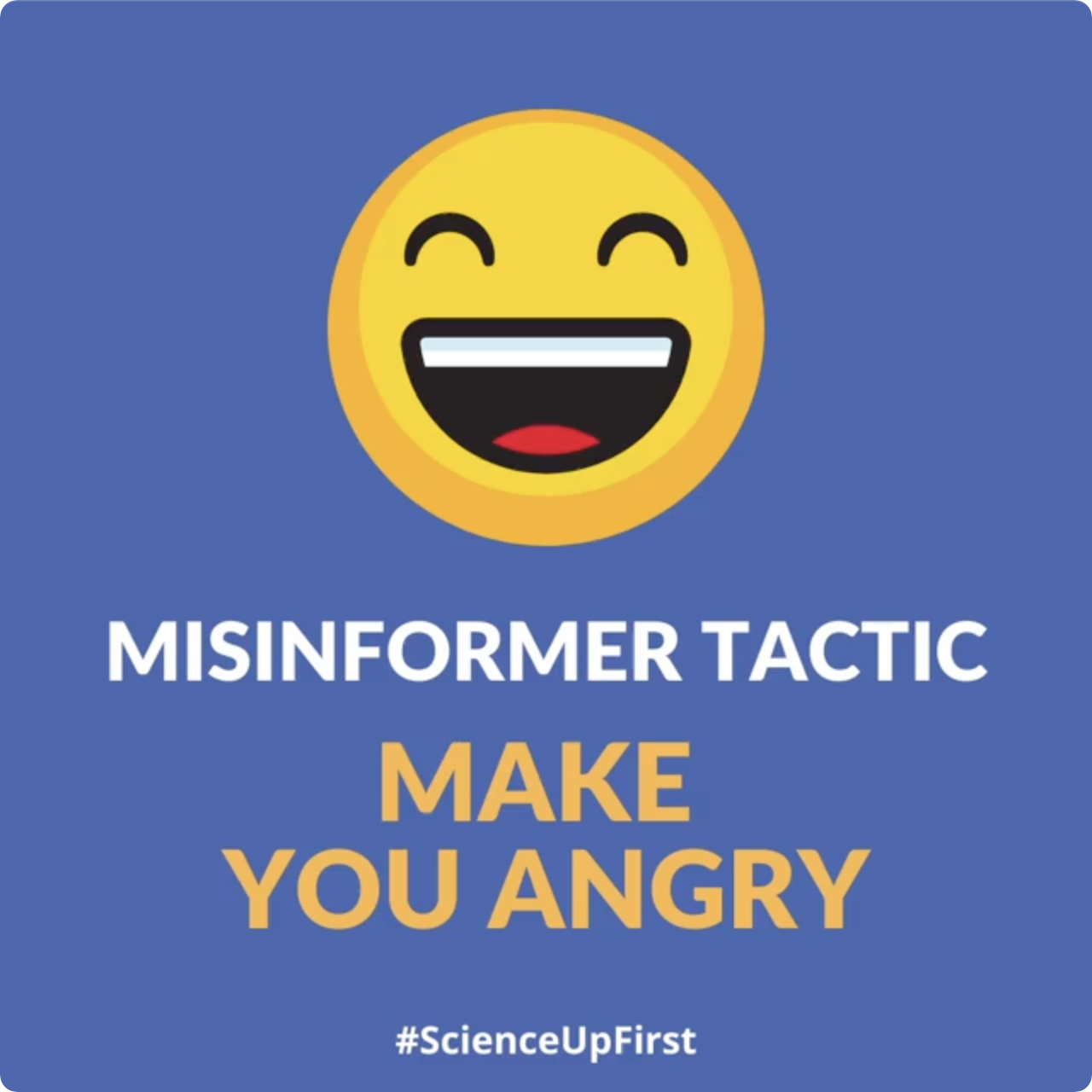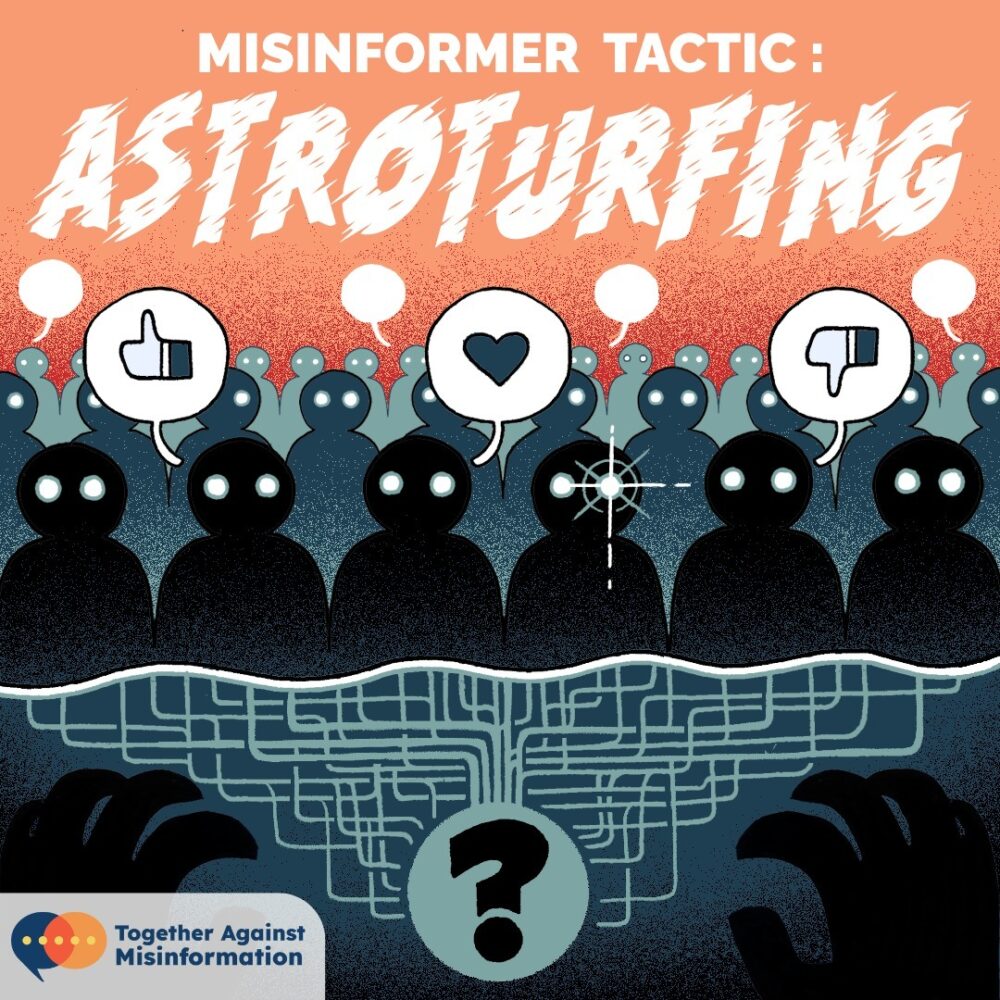What makes you see red?
When websites (1) and social media posts (2) trigger big emotions, they are better at spreading fake news. But one emotion in particular helps misinformation go viral – ANGER (3)
One study found that as tweets convey more anger than joy, they get more retweets.(3).
If you are feeling mad, you are also more likely to believe misinformation. To demonstrate this, researchers in one study purposely riled up participants by being rude, dismissive and insulting. Folks in the “mad” group were less likely to spot misinformation. They were also more confident about their wrong answers (4). The same goes for COVID-19 misinformation. Angry individuals were both more likely to think false claims were “scientifically credible”, AND were more likely to spread this misinformation (5). When mad, you are also more likely to look for information that confirms your views. This can create an echo chamber (6).
In general, strong emotions can impair our ability to process scientific information. When running hot we’re more likely to oversimplify problems and look for quick solutions (7). Luckily there is something we do about it!
- Provoking anger is a misinformer tactic. Being able to spot this strategy means you are less likely to fall for it (8).
- Before you share, pause and think it through. People are less likely to “like” and share fake news when they are consciously judging accuracy (9,10).
- Emerging and continuing trends in vaccine opposition website content
- Reliance on emotion promotes belief in fake news
- Anger makes fake news viral online
- Anger increases susceptibility to misinformation
- Anger contributes to the spread of COVID-19 misinformation
- Anger, Fear, and Echo Chambers: The Emotional Basis for Online Behavior
- Emotion and humor as misinformation antidotes
- Does Debunking Work? Correcting COVID-19 Misinformation on Social Media
- Pausing to consider why a headline is true or false can help reduce the sharing of false news
- Fighting COVID-19 Misinformation on Social Media: Experimental Evidence for a Scalable Accuracy-Nudge Intervention




